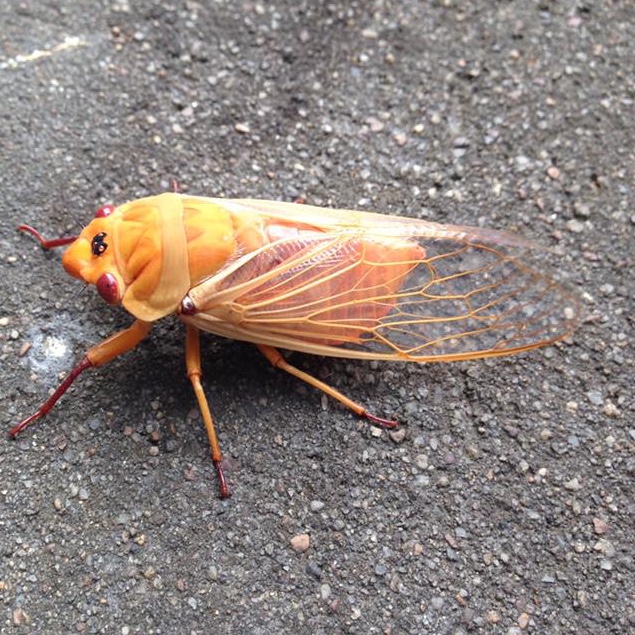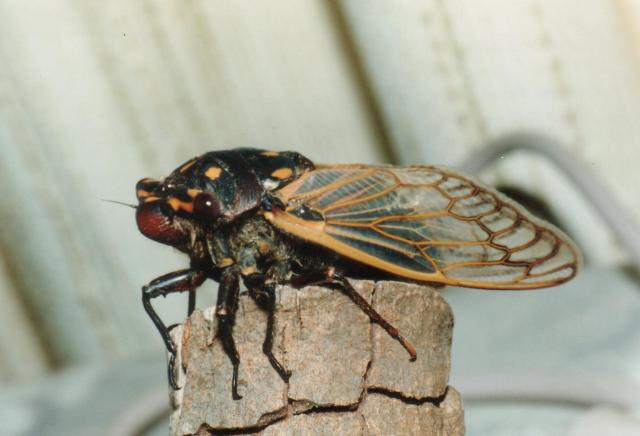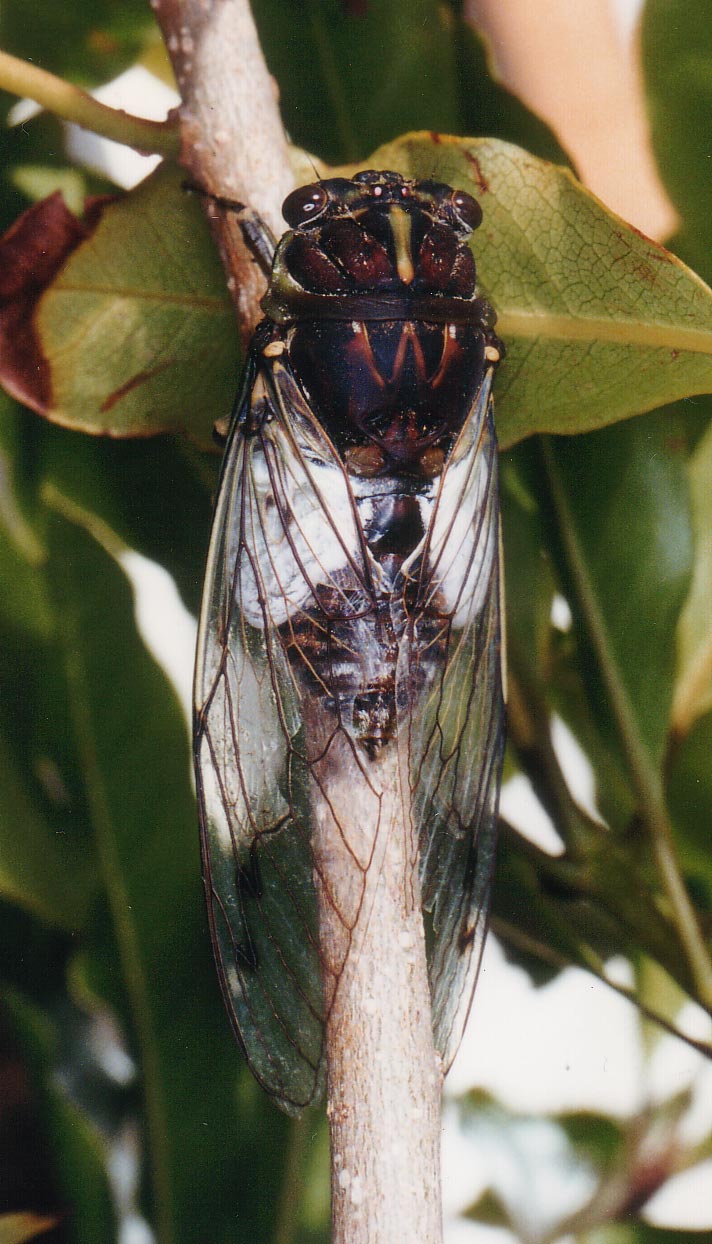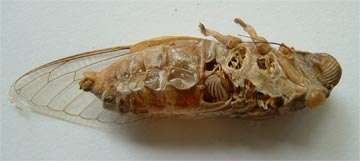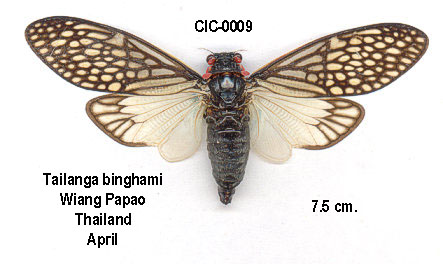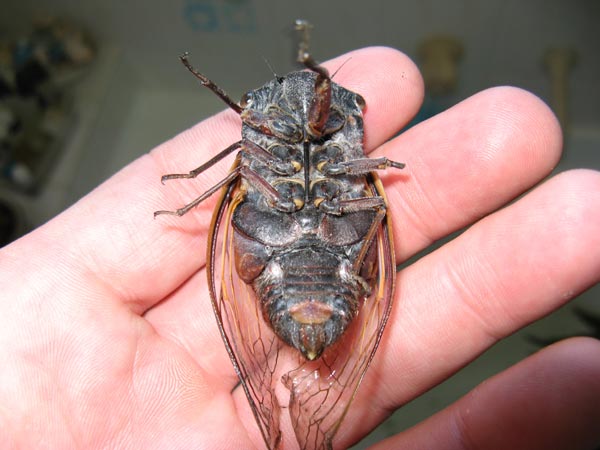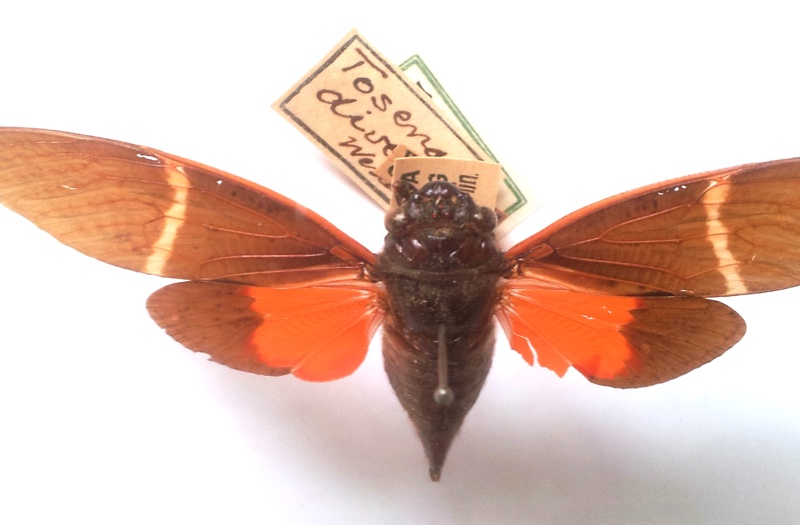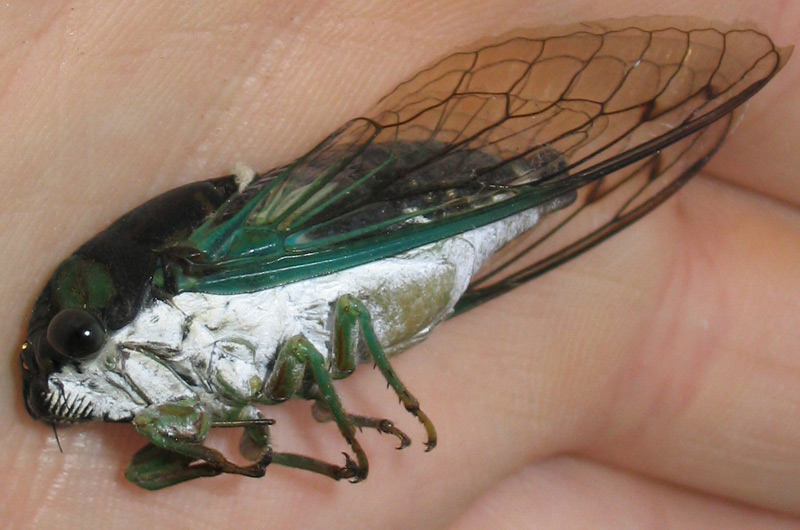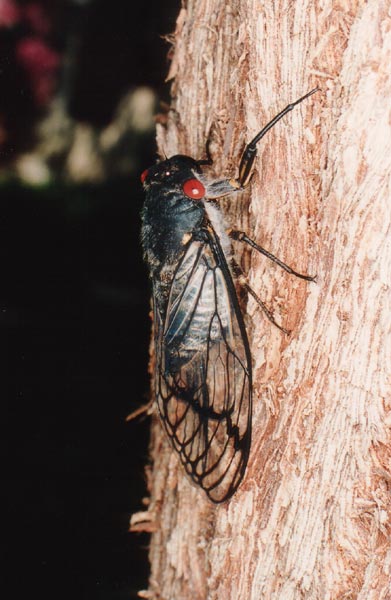
Here’s a recap for the Cicada Alphabet we ran on the site last year.
- A: antennae, Aleeta curvicosta, Ambragaeana ambra, Angamiana floridula, Arunta perulata, Ayuthia spectabile
- B: Brood, Bagpipe Cicada, beak, Blue Moon, Bottle Cicada, Gerry Bunker, Bush Cicada
- C: Cicada Killer Wasp, Cacama valvata, Canadian Cicada, Carineta diardi, chimney, Cicadetta calliope , clypeus, John Cooley, cruciform elevation, Cryptotympana
- D: Dog-Day Cicada, Diceroprocta, Diemeniana euronotiana, Double Drummer, Dundubia
- E: exuvia, egg slits, emergence, Euterpnosia chibensis
- F: flagging, The Floury Baker, Fidicina, Formotosena,
- G: Greengrocer, Gaeana, Matija Gogala
- H: Hieroglyphic Cicada, Haemolymph, Harvest Fly, Kathy Hill, Huechys sanguinea
- I: instar, imago, insectoverdin
- J: Jar Fly
- K: Dr. Gene Kritsky, Kikihia, Kobonga
- L: locusts, labrum, labium, larvae, Lembeja paradoxa, Linne’s cicada, The Lyric cicada
- M: Magicicada, Macrosemia, C.L. Marlatt, David Marshall, Masked Devil, Massospora cicadina, Minmin-zemi, Thomas E. Moore
- N: nymph, The Northern Dusk-Singing cicada, Neocicada hieroglyphica
- O: ocelli, Okanagana, operculum, Orientopsaltria beaudouini, ovipositor
- P: Pomponia imperatoria, Pacarina puella, Pauropsalta, Periodical cicadas, Platylomia, Platypedia putnami, pronotum, pronotal collar, Psaltoda, pruinose
- Q: Quesada gigas
- R: rostrum, Red-Eye Cicada
- S: Swamp Cicada, Salvazana, Allen Sanborn, Scissor Grinder, Seventeen-Year Cicada, Chris Simon , spiracles, stragglers, Superb Cicada
- T: tymbal, Tailanga, teneral, Thirteen-year Cicadas, Thopha saccata, Tibicen, Tosena, tunnels, tympanum
- U: Urabunana
- V: Venustria superba
- W: wing clicking, Walker’s cicada, Whiskey Drinker, White Drummer
- X: Xylem sap
- Y: Yellow Monday Cicada
- Z: Zeno P. Metcalf, Zouga, Zammara
